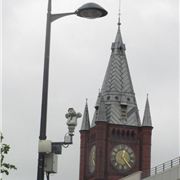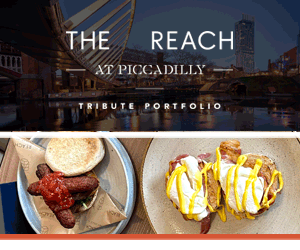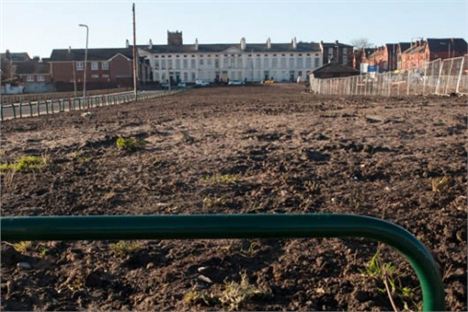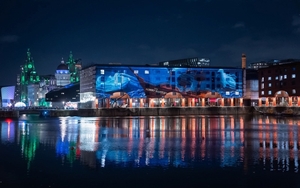LIVERPOOL'S peak-hour commuters spend the equivalent of an entire working week sitting in traffic jams.
The city has been named as one of Europe’s worst cities for rush-hour traffic congestion.
'City centre roads were suddenly realigned, narrowed, closed to through traffic or converted into bus lanes. No longer were motorists able to use a whole network of streets to reach their destinations'
So who’s to blame? Traffic planners, the notorious Big Dig or is it a sign of the improvement in Liverpool rising up the ladder as one of the UK’s top tourist and shopping destinations?
Figures from traffic information company INRIX show on average peak-hour motorists in Liverpool waste 39 hours a year stuck in traffic jams.
That makes the city the third most congested after top-placed London and runner-up Manchester.
The INRIX figures also showed that in the capital's commuter zone last year, drivers wasted 66 hours in traffic, with the Greater Manchester figure being 45 hours.
One way of avoiding the worse of Liverpool’s jams is to stay off the road between 4pm and 5pm on Wednesdays, according to INRIX, it's busiest time.
There was a time, not so long ago, when traffic jams in Liverpool were virtually non-existent, with a city centre essentially closing down shortly after 6pm when the streets were deserted. You could drive from The Strand to the edges of south Liverpool without passing a single traffic-light junction.
Then, at the dawn of the 21st century, two things happened to change Liverpool for ever: The Big Dig - and its out-of-control, delinquent cousin, CCMS – City Centre “Movement” Strategy.
Work also started on Liverpool ONE and the waterfront arena and convention centre, as well as an explosion in city centre apartments. The aim of CCMS was to encourage commuters to leave their cars at home, using instead buses, trains, cycles or, heaven forbid, walk. As if.
City centre roads were suddenly realigned, narrowed, closed to through traffic or converted into bus lanes. No longer were motorists able to use a whole network of streets to reach their destinations.
 Bus Lanes LiverpoolNow they are forced to battle for space on the increasingly busy ring roads encircling the city, often resembling a peak-time parking lot.
Bus Lanes LiverpoolNow they are forced to battle for space on the increasingly busy ring roads encircling the city, often resembling a peak-time parking lot.
Millions of pounds have been spent “improving” key routes into the city centre, particularly Edge Lane. That meant clearing hundreds of Edwardian homes fronting the highway, leaving visitors to view tumble-weed wastelands.
It seems not many car-owning commuters have surrendered to public transport, preferring to head to the city centre despite crammed roads and sky-high parking charges.
If all of the millions of pounds spent on “improving” roads had been invested in providing far cheaper and efficient public transport, many more may have happily left their cars at home.
 Big Dig supporters will no doubt point to the activity of the city centre now it has climbed the ranks of UK shopping destinations. They may well insist traffic jams would have been even worse had they not been let loose with their cache of no-entry and revenue-generating bus-lane signs and a squadron of heavy diggers to redesigned the road layout.
Big Dig supporters will no doubt point to the activity of the city centre now it has climbed the ranks of UK shopping destinations. They may well insist traffic jams would have been even worse had they not been let loose with their cache of no-entry and revenue-generating bus-lane signs and a squadron of heavy diggers to redesigned the road layout.
If you think it’s bad here, the figures show three European countries have even worse rush-hour traffic congestion than the UK. Heading the congestion list is Belgium, followed by Holland, then Italy.
INRIX Europe Senior Vice President Stuart Marks said: "Traffic congestion is an excellent economic indicator telling us whether people are going to work, businesses are shipping products and consumers are spending money."
HOURS WASTED
The 10 most congested areas in the UK in terms of hours drivers spent stuck in traffic in 2011:
1. London commuter zone 66
2. Greater Manchester 45
3. Liverpool 39
4. Birmingham 34
5. Belfast-Lisburn 33
6. Newcastle upon Tyne 33
7. South Nottinghamshire 32
8. Leeds-Bradford-Harrogate 30
9. Sheffield 29
10. Edinburgh-Lothian 29















